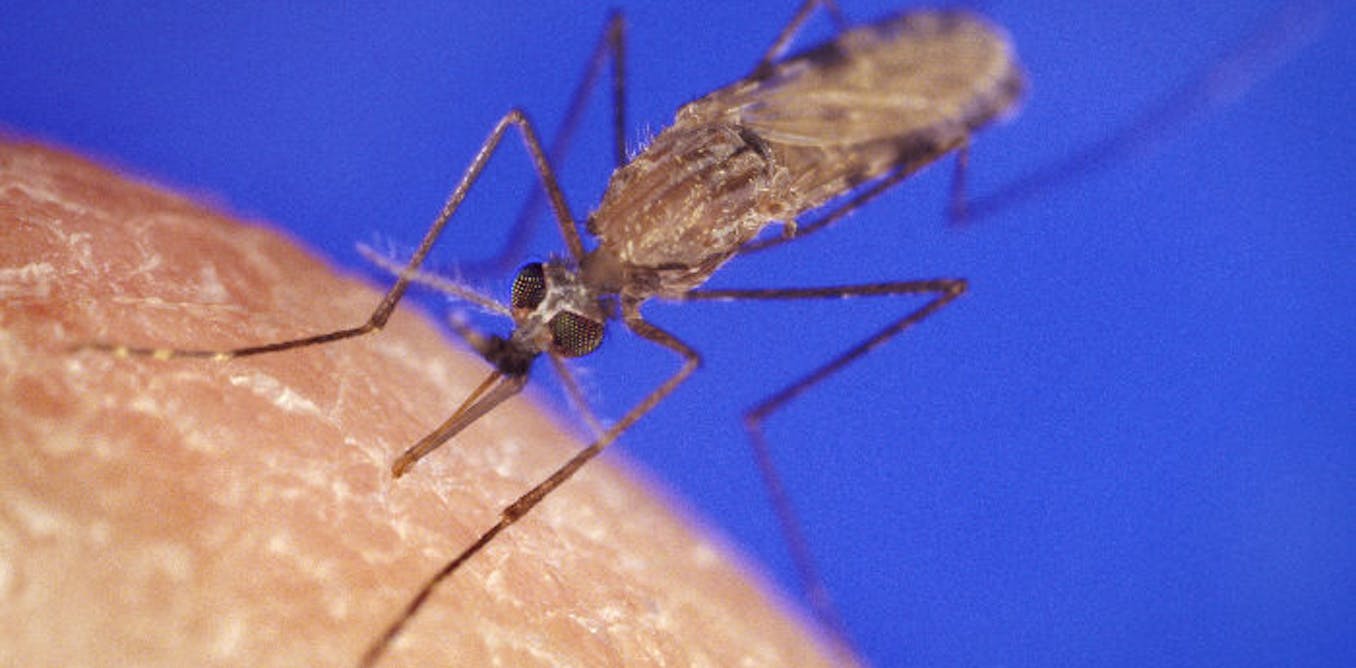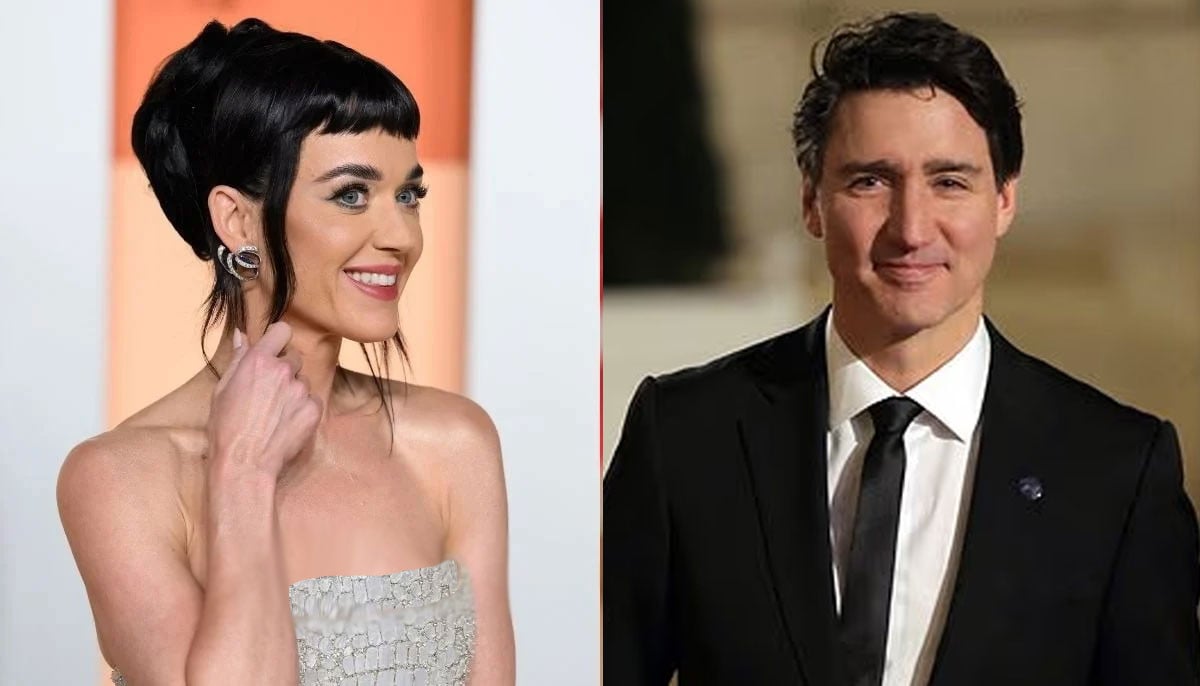Ananya Panday mourns veteran actor Satish Shah, famed for ‘Jaane Bhi Do Yaaro’, ‘Sarabhai vs Sarabhai’, and ‘Main Hoon Na’. Sharing Chunky Panday’s tribute, she expressed grief. PM Modi and Bollywood stars also offered condolences….
Author: admin
-

Anti-Hamas militias come out against Turkish, Qatari involvement in postwar Gaza
Leaders of anti-Hamas militias operating in areas under Israeli control in the Gaza Strip have said they oppose any involvement of Qatari or Turkish forces in postwar Gaza, according to a Saturday report.
Hussam al-Astal, the leader of a…
Continue Reading
-

scientists target parasite’s secret defence system
Malaria remains one of the world’s most devastating infectious diseases, claiming more than half a million lives each year. In Africa, the illness is mostly caused by a parasite carried by mosquitoes – Plasmodium falciparum.
When the…
Continue Reading
-

Trump oversees signing of ‘historic’ Thailand-Cambodia ‘peace deal’ – live updates
Thai PM adjusts Asean schedule after death of Queen Motherpublished at 03:20 GMT
Thailand’s prime minister landed in Kuala Lumpur late on Saturday night, after delaying his departure to the summit following the death of Thailand’s…
Continue Reading
-

Understanding metastatic prostate cancer in men over 70: Know how to detect and modern treatment options that can extend life |
Screening for prostate cancer becomes more complex in men over the age of 70. The US Preventive Services Task Force (USPSTF) currently recommends against routine PSA testing in this age group. The PSA test measures the level of…
Continue Reading
-

Satish Shah funeral: Jackie Shroff, Naseeruddin Shah, David Dhawan pay their final respects; Rupali Ganguly breaks down
Published on: Oct 26, 2025 12:17 pm IST
Several names from Bollywood and TV industry arrived at the Bandra crematorium on Sunday to pay final respects to Satish Shah.
Continue Reading
-

Man Utd 4-2 Brighton & Hove Albion: Red Devils claim third win in a row in six-goal thriller
Bryan Mbeumo scored twice as Manchester United survived a late scare against Brighton to claim a third successive Premier League win for the first time since February 2024, moving them up to fourth in the table.
United were cruising after an hour…
Continue Reading
-

Florida gastroenterologist shares the complete guide to recovery after food poisoning
When food poisoning strikes, even a sip of water can feel impossible to keep down. The constant nausea, vomiting, and stomach cramps not only drain your energy, but also lead to dehydration and electrolyte loss. Recovery often depends on how…
Continue Reading


